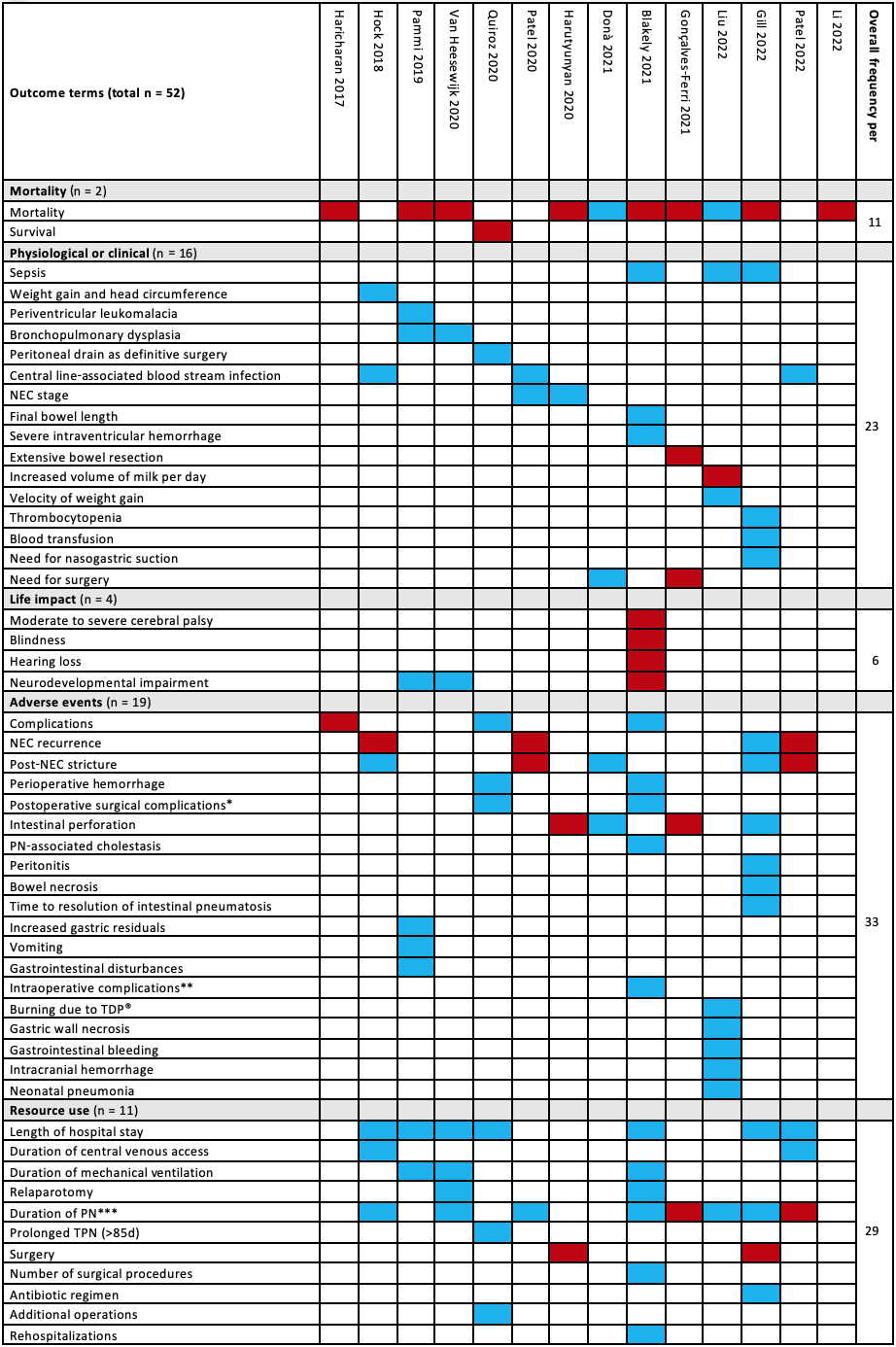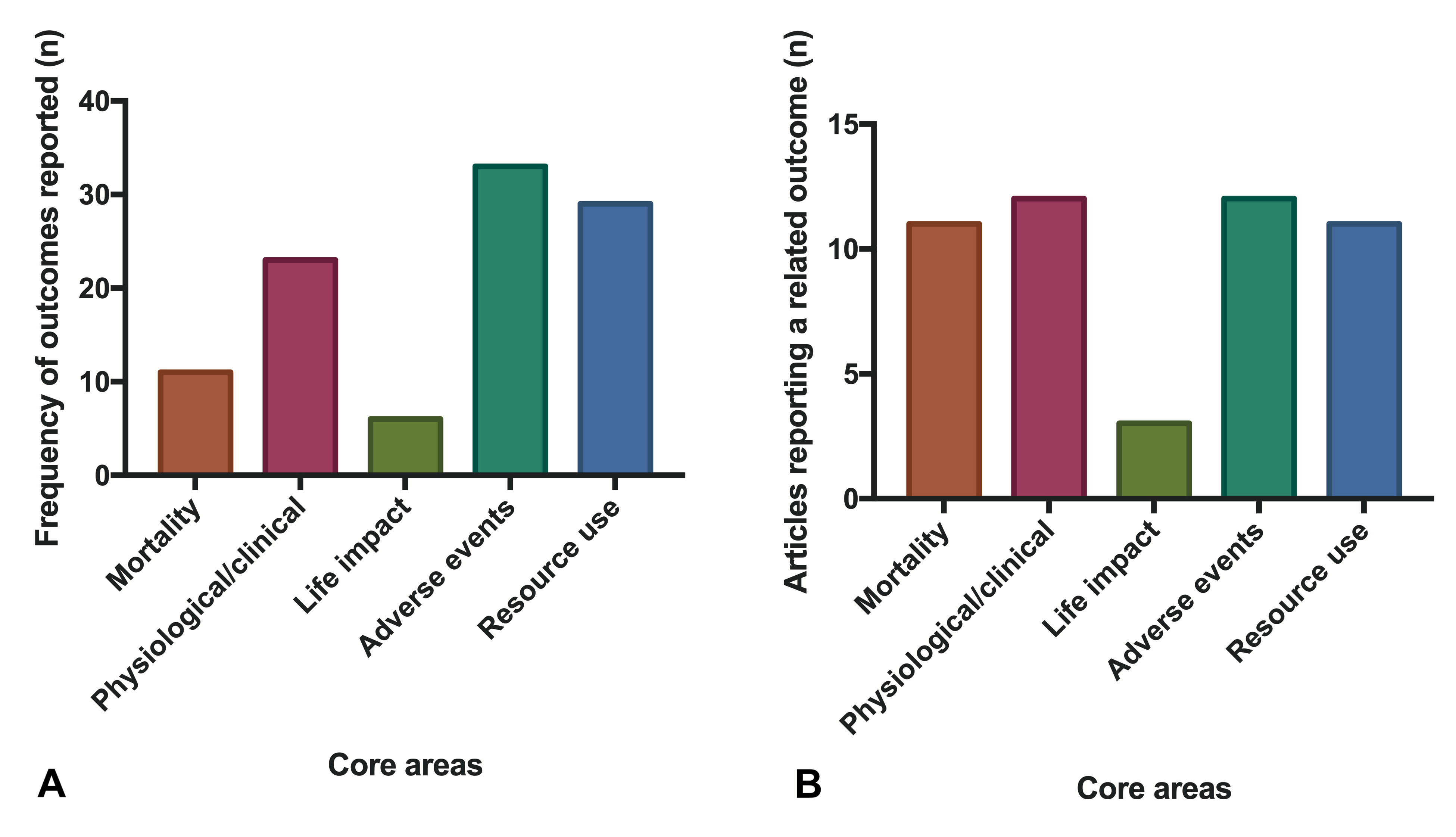Neonatal GI Physiology & NEC
Neonatal GI Physiology & NEC 5: Predicting Necrotizing Enterocolitis, Gut Health, and Oral Feeding
94 - Outcome Reporting in Interventional Necrotizing Enterocolitis Studies: A Systematic Review
Publication Number: 94.237

Otis C. van Varsseveld, MD (he/him/his)
PhD student Pediatric Surgery
University Medical Center Groningen, University of Groningen
Groningen, Groningen, Netherlands
Presenting Author(s)
Background: Despite an increasing necrotizing enterocolitis (NEC) incidence, treatment strategies have failed to make major advancements towards improved NEC outcomes. Heterogeneity in outcome reporting and a lack of treatment efficacy studies potentially hamper these advancements.
Objective: We aimed to analyze outcome reporting in recent interventional NEC studies.
Design/Methods:
We performed a systematic review, in accordance with the PRISMA guidelines, identifying interventional studies on NEC between 1-1-2016 and 4-5-2022 in MEDLINE, Embase, CENTRAL and Cochrane reviews. Systematic reviews, clinical trials and change-in-practice cohort studies reporting any therapeutic intervention for NEC patients (Bell’s stage ≥IIa) were eligible. We excluded studies on NEC diagnostics or prevention and non-English publications. Outcomes were categorized into five core areas and presented descriptively. The review was registered with PROSPERO (CRD42022302712).
Results:
Out of 1.331 screened records, 52 were eligible for full-text review and 14 were finally included for data extraction (figure 1). Median number of reported outcomes per article was seven (range 1-19). We identified 64 unique outcomes, which were mapped to 52 outcome terms (table 1). Thirty-three out of the 52 of the outcome terms (63%) were only reported in a single article. Mortality was the most reported outcome (10/14 articles, 71%). Core area ‘Adverse outcomes’ contained the most outcome terms (n=19), whereas ‘Life impact’ contained the least outcome terms (n=4) and was represented in 3 articles (21%) (figure 2).
Conclusion(s): Considerable heterogeneity in outcome reporting and a paucity of patient-relevant outcomes (‘Life impact’) exists in interventional NEC studies. Development of a NEC core outcome set may improve consistency and patient-relevance in outcome reporting..png)


